If you’re thinking of visiting Bangladesh any time soon, in this article, you will find all the necessary things you need make your visit smooth and memorable. To get started you will need to consider and decide on some basic things while you are still planning your trip to Bangladesh.
The first thing is to decide how to get to Bangladesh – by air or by land? Depending on where you are from, you will also need to learn about the visa requirements as well as custom regulations of the country before your arrival. You may also need to take certain health precautions.
We also encourage you to learn more about the Culture of Bangladesh in order to familiarize yourself to it and avoid the culture-shock. Also, while English is considered the second language of the country, you will hardly find any sign-posts and shop signs written in English. So, you will find that knowing a bit of Bangla (Bengali) – the national language of Bangladesh might come in handy.
If you are going to Bangladesh for business, bear in mind that Friday is the weekly holiday. Some organizations may also take Thursday or Saturday off as well. Office hours vary from 7:30 to 2:00 for most government offices to 9:00 to 5:00 for some businesses. Banks are open to the public from 9:00am to 1:00pm.
Finally, before we get started, remember to set your watch 6 hours ahead of GMT when you get to Bangladesh.
Transportation Options to Visiting Bangladesh
By Air

Over 15 major airlines now land at the Hazrat Shahjalal International Airport (formerly Zia International Airport) at Dhaka, and the number is continuously increasing. There are direct daily flights to all regional capitals and major cities such as Kolkata, New Dehli, Bombay, Bangkok, Kuala Lumpur, Kathmandu and Singapore as well as to more distant cities in Europe and elsewhere.
Getting to Dhaka from Europe is pretty easy. There are numerous flights from London, Amsterdam and even Rome. Biman, Bangladesh Airlines even has flights from New York to take you to Bangladesh.
From Asia, the simplest way would be to catch a connection flight from Singapore, Dubai, Bangkok or Hong Kong.
By Land
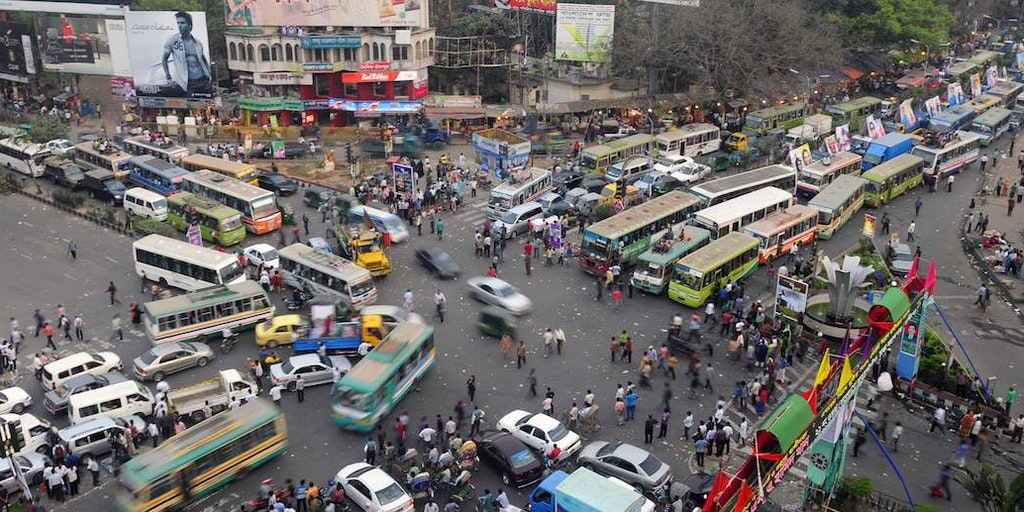
Lots of tourists and visitors enter Bangladesh from India, which almost entirely surrounds Bangladesh. Traveling to Bangladesh from India has recently been made easier with direct bus connections between Dhaka and Kolkata and between Dhaka and Agartala. There is also a train link between Kolkata and Dhaka through the Benapole entry point. However, travelers have to disembark at the station and switch trains.
There are several major entry points (Bangladesh names listed first):
- Benopol-Petrapole (in the West, towards Kolkata)
- Chilihari-Haldibari (in the North, towards Darjeeling)
- Tamabil-Dawki (in the North East, towards Shillong)
- Akhaura-Agartala (in the East, towards Agartala)
The only other country that Bangladesh shares a border with is Myanmar. However, overland routes the two countries have been closed since the early 1950s.
Visa Requirements
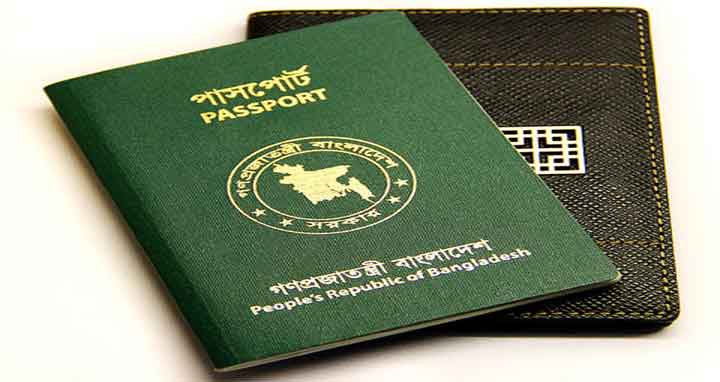
As it stands, with the exception of the United Kingdom, India and Australia, commonwealth country citizens do not need a visa for a 15-day visit. It is also possible, for citizens of some countries to obtain a 72-hour entry permit and then get a valid visa later from the Directorate of Immigration and Passports in Dhaka. However, Visa regulations in Bangladesh have been known to change so often that it is best to check with the embassy before you plan your trip.
Visa Types and Requirements
| Visa Type | Requirements |
| Tourist Visa | Travel itinerary/air ticket reservation. |
| Work visa: | Letter of employment from the employer in Bangladesh and letter of concurrence from concerned Ministry, Board of Investment (BOI), Bangladesh Export Processing Zone (BEPZA). To work in a non-governmental organization (NGO), the applicant should furnish copy of letter of appointment from the NGO with attestation by the Bangladesh NGO Affairs Bureau, Dhaka. |
| Student visa: | Letter from the concerned educational institution duly attested by the Bangladesh Ministry of Education, Dhaka and Certificate of financial guarantee |
| Business visa | Letter from the employer in the home country and invitation letter from the host company in Bangladesh clearly stating the purpose of the visit. |
| Investor visa | Letter of recommendation from the Bangladesh Ministry of Industries or the Board of Investment (BOI) or Bangladesh Export Processing Zones Authority (BEPZA), Dhaka. |
| Missionary visa | Letter of appointment from the Church and “No Objection” from the Bangladesh Ministry of Religious Affairs, Dhaka. |
| Diplomatic and official visa | Note verbal/letter from the concerned government office/Mission |
| Journalist visa | Letter of request from the employer/news agency clearly stating the purpose of the visit. Please note that minimum processing time for this category of visa is 2 weeks. Persons/Network/Organization requesting for shooting/filming in Bangladesh are required to fill in Form FF-1 and FF-2, in addition to the visa application form. |
Customs Regulations

Tourists coming in to Bangladesh are permitted to bring in their personal items and clothing free of duty. However, if u have jewelry, electronic appliances, especially videos, you should declare them on the Currency Declaration Forms provided to you at the airport customs. Also, even though there is no restriction to the amount of money you can bring in, you should definitely declare money exceeding $1000.
Here are some items you can bring in Duty Free:
- 200 cigarettes or 50 cigars or 225g of tobacco;
- Two bottles of alcoholic beverages or One bottle if you are not travelling for touristic purposes (only applicable to non-Muslim travelers);
- 250ml of perfume;
- Gifts up to the value of BDT500
- Residents can import up to BDT 150 in local currency and an unlimited amount of foreign money. Non-residents can import a similar amount of local currency and up to 1000 USD although sums greater than USD 150 will need to be declared at the customs department. All travelers can export up to BDT 100 in local currency whilst residents can take out the equivalent of USD 25 in foreign currency. Nonresidents can export up to USD 150 in foreign currency.
- All visitors flying out of Bangladesh will need to pay an additional BDT 300 Embarkation Tax prior to leaving the country.
Prohibited
- Illegal drugs;
- Arms, explosives and ammunition;
- Knives and deadly weapons;
- All imported goods in their original or unprocessed form;
- Ferrous and non-ferrous metals and scraps thereof;
- Petroleum and petroleum products except naphtha and furnace oil;
- Oil seeds and edible oils except Kapok seeds;
- Jute seeds and sun-hemp seeds;
- Food-grains including rice products and flour products;
- Milk and milk products;
- Gur and Khandesi sugar;
- Live animals all sorts, skins of animals and wildlife covered by the Bangladesh Wildlife except the species detailed in the first schedule of the said order;
- Maps and charts including the following:
- Unclassified maps of scale smaller than ¼ inch or 1/250,000 scale;
- Education and scientific charts;
- And Guide maps and relief maps.
- Beef, mutton and animal fats;
- Green coconuts, coconuts and copra;
- Rare items of archaeological interest;
- Human skeletons;
- Pulses;
- Eggs and poultry;
- Prawns and shrimps except frozen and processed;
- Features films not certified by the Bangladesh Film Censorship Board as fit for Export;
- Onion;
- Rice bran except de-oiled rice bran.
- Shrimp of count 71/90 and sizes below for seawater and 61/70 and sizes below for fresh water excluding two varieties;
- Oil cake;
- Bamboo and cane in whole form and wood log;
- Frogs of all species (live or dead) and frogs’ leg;
- Counterfeit money and goods;
- Pornographic material.
Restricted
- All weapons can only be imported with permission from the ministry of defense.
- Import of Pharmaceutical raw materials and packing materials is subject to approval by the Director of Drugs Administration, Government of Bangladesh. For import of food items, animal, poultry feed special documents are required.
- All pets being imported into the country will require an import permit and a general health certificate clearing the creatures of Rabies and other infectious diseases.
- Textiles: law for textile imports requires a certificate of cleanliness.
What to Wear in Bangladesh
As a subtropical country with short winters, you will need to wear light clothes most of the time.
Moreover, as a primarily a Muslim and conservative country, there are certain social guidelines that you should adhere to when considering what to and what not to wear. This is especially true for female visitors who should maintain a conservative dress standard and avoid showing a lot of skin other than your head, hands, and feet. Long lightweight skirts (or trousers) with a cotton blouse tend to work best for business situations. Immodest dress may attract unsolicited attention.

A cotton lungi and a jersey called kurta are the common attire for men in rural areas. A lungi is a loop of cloth, somewhat like a very, very loose skirt or a sarong. It hangs from the waist to the ankles and is gathered in front at the waist and twisted into a sort of half knot, with the ends tucked in so they won’t unravel. If a Bengali boy wants to run, swim, fish, or play, he can pull the bottom of the lungi up and tuck it into his waist, ready for action. On special occasions, they may wear a pajama-Panjabi. In urban areas however, men have largely adapted to western costume.
Sari is women’s universal dress, both in the cities and countryside. A sari a long piece of cloth that they wrap around their waist, tucking it in at the waist, then wrapping it around their shoulders. Usually, they also wear a blouse. The top part of the sari can rest around the back of the neck or be pulled over the top of the head, leaving the face uncovered. Some girls and some women wear a Salwar Kameez.

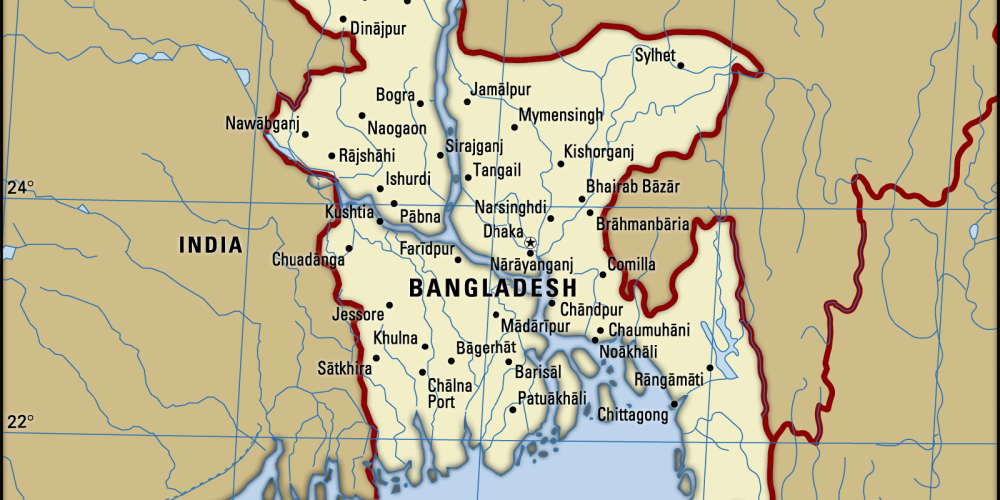
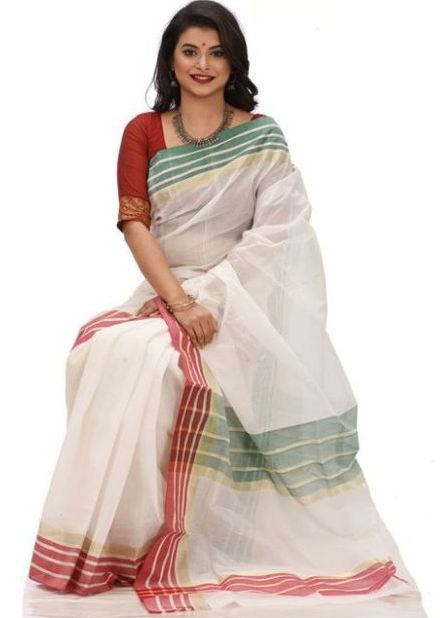
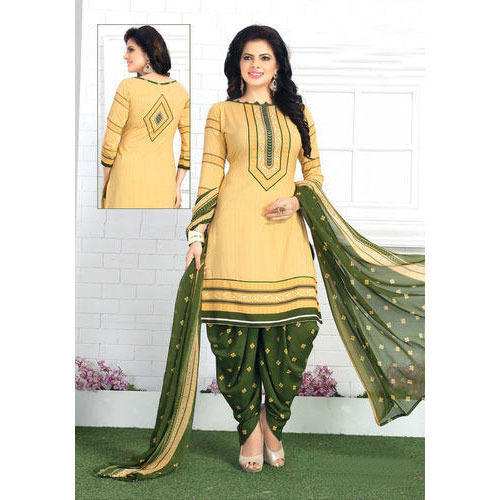


Comments 0